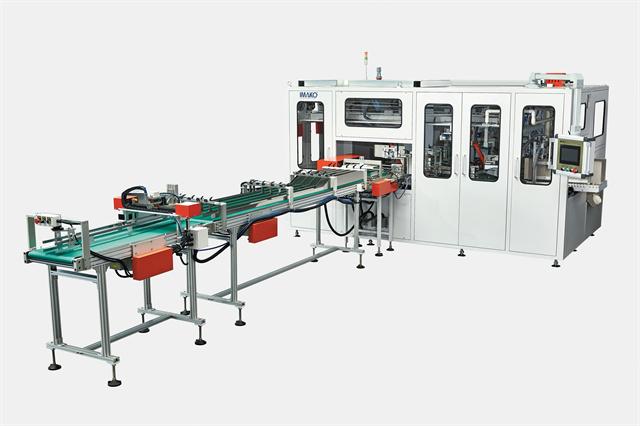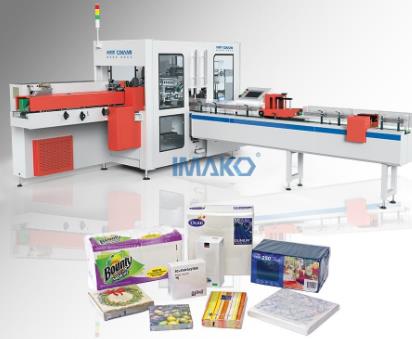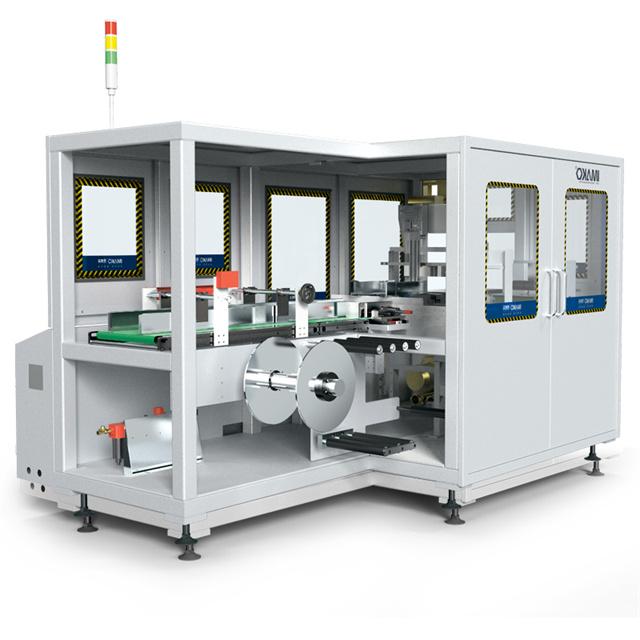Author:IMAKO Tissue MachineFROM:Toilet Paper Machine Manufacturer TIME:2023-09-10
Tissue paper baggers are essential tools for packaging tissue paper products efficiently. They provide convenience and save time for businesses in the tissue paper industry. However, in order to maximize the benefits of using a tissue paper bagger, it is important to understand its effective usage. This guide aims to provide instructions and tips on how to effectively use a tissue paper bagger, ensuring smooth operations and optimal productivity.

Before starting to use a tissue paper bagger, it is crucial to prepare and set up the machine properly. First, ensure that the bagger is clean and free from any debris or previous packaging materials. Check that all components, such as the conveyor belts, sealing mechanisms, and sensors, are in good working condition.
Next, adjust the bagger settings according to the specific requirements of the tissue paper products being packaged. This includes setting the bag size, seal strength, and bagging speed. It is recommended to refer to the machine's user manual for detailed instructions on how to make these adjustments.
Lastly, make sure an adequate supply of tissue paper rolls or stacks is readily available near the bagger. This will prevent unnecessary downtime and interruptions during the packaging process.

Proper loading of tissue paper into the bagger is essential to ensure smooth and efficient operations. Begin by inspecting the quality of the tissue paper rolls or stacks. Look for any tears, creases, or damaged sheets that may affect the packaging process. Remove any defective rolls or stacks to avoid jams or improper bagging.
Position the tissue paper rolls or stacks correctly on the feeding system of the bagger. Ensure that they align properly with the conveyor belts to prevent misalignment or skewing. It is recommended to follow the manufacturer's guidelines regarding the maximum number of rolls or stacks that can be loaded at once.
Once the tissue paper is loaded, activate the bagger and observe the initial few packaging cycles. Pay attention to whether the tissue paper is being properly fed into the bags, sealed securely, and stacked neatly. If any issues arise, immediately stop the machine and make the necessary adjustments or troubleshoot the problem.

Regular maintenance and cleaning are crucial for the optimal performance and longevity of a tissue paper bagger. Follow the manufacturer's recommendations for routine maintenance tasks, such as lubricating moving parts, replacing worn-out components, and calibrating sensors.
Cleaning should be done regularly to remove any accumulated dust, debris, or adhesive residue. Use appropriate cleaning solutions and soft cloths to avoid damaging the machine's surfaces. Pay special attention to the sealing mechanisms and belts, as these areas are prone to buildup and may affect the quality of the packaging.
Additionally, conduct periodic inspections of the bagger to identify any signs of wear and tear or potential issues. Promptly address any maintenance or repair needs to prevent major breakdowns and costly downtime.
In conclusion, effective usage of a tissue paper bagger involves proper preparation and set-up, careful loading of tissue paper, and regular maintenance and cleaning. By following these guidelines, businesses in the tissue paper industry can ensure smooth operations, optimal productivity, and high-quality packaging of their products.